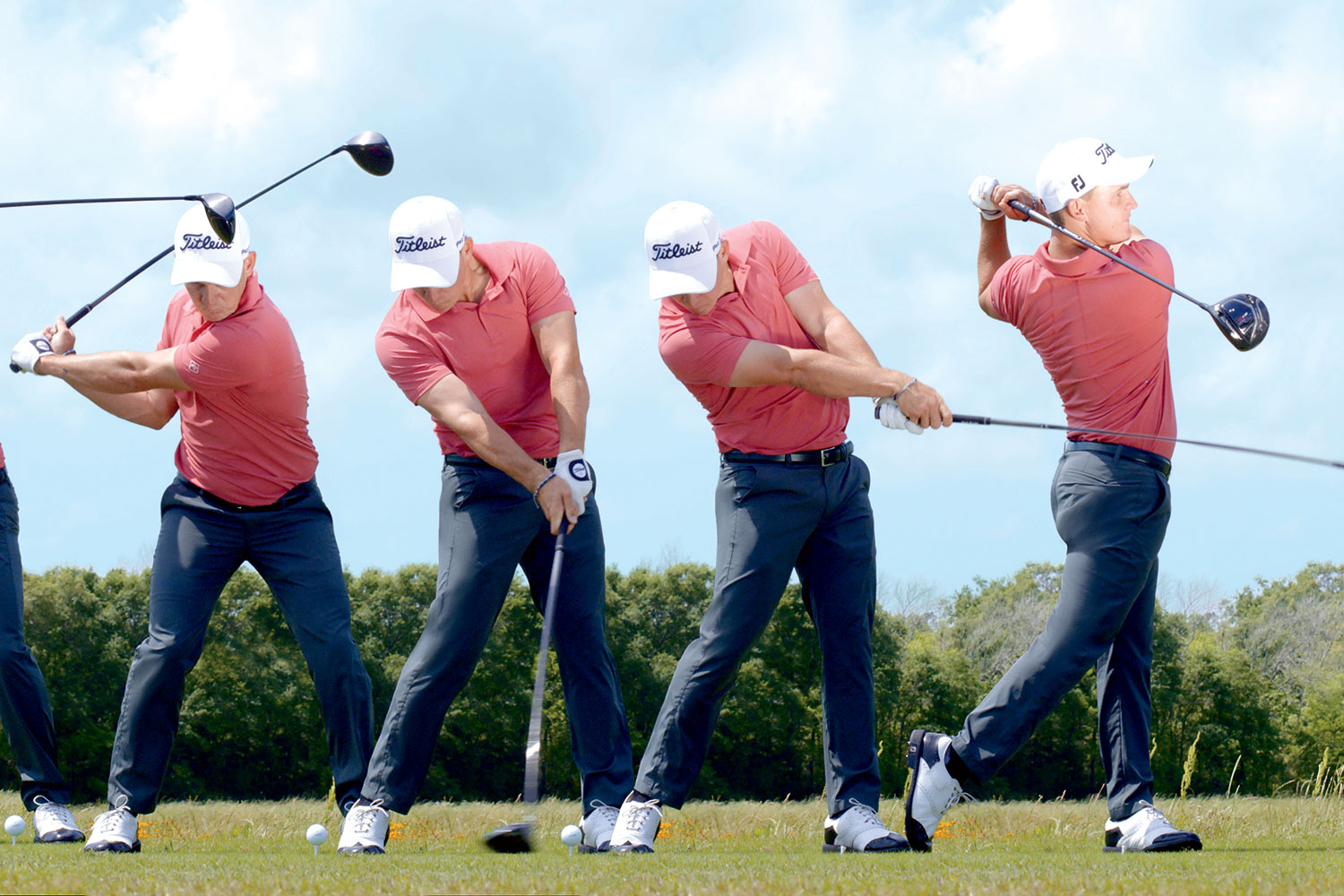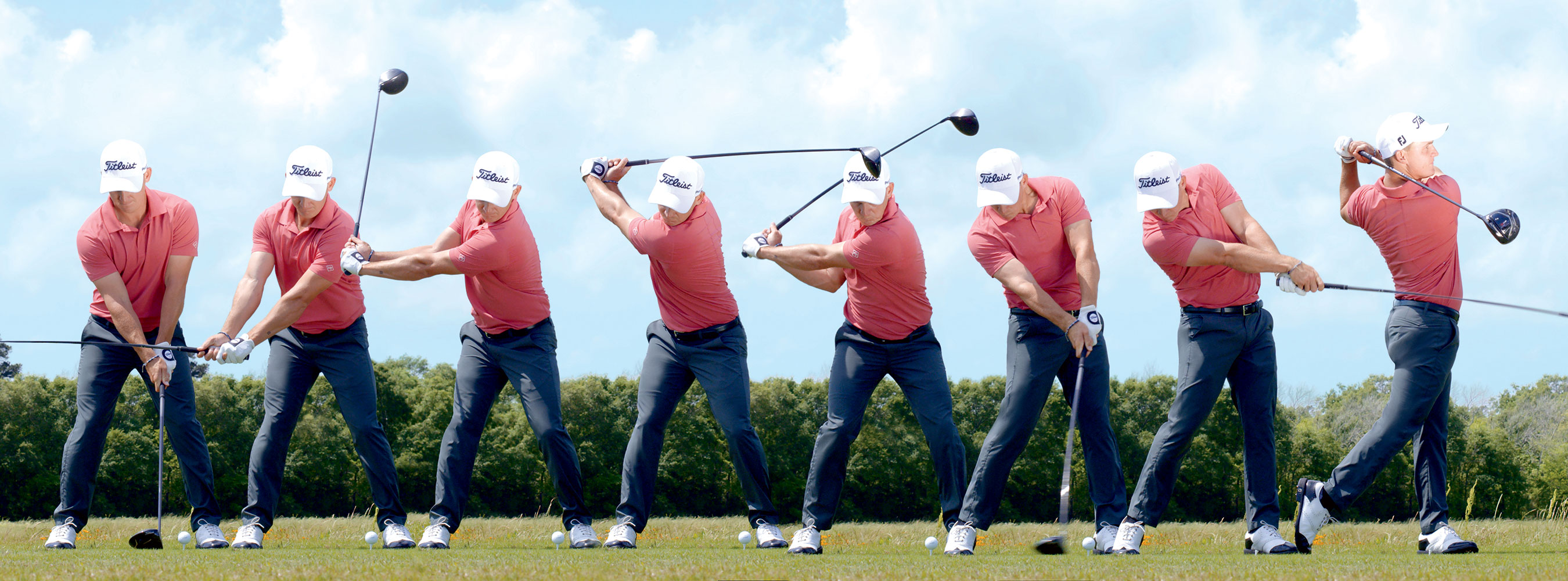Four screws and a few bad memories. That’s all that remains to remind Bud Cauley he tore the labrum in his left shoulder. Despite missing 15 months of pro golf after surgery in 2014, and needing a one-time medical exemption to keep playing on the US PGA Tour, Cauley is once again showing signs of the potential he flashed as a rookie in 2012, when he had six top-10 finishes in five months.
“It took over a year of rehab for it to start to feel normal again, but right now I’m swinging the same as I did before the injury,” Cauley says. “I’ve been hitting it pretty well, and this season was encouraging.”
Cauley’s 2017 season ended at the BMW Championship, when a T-27 finish wasn’t enough to vault him into the top-30 in the FedEx Cup points race and a spot at the coveted Tour Championship. He finished 65th in the standings but nearly equalled his 2012 season performance with five top-10s.
The Florida native and former University of Alabama player had some of the best ball-striking stats on tour in 2017, finishing 29th in strokes gained/tee to green and 11th in strokes gained/approach the green.
“Would I have liked to have done better? Sure.” Cauley says. “So I’ll keep working.”
Part of his success comes from having a technically sound swing, the kind that’s fun to watch – especially with the driver, says his coach, Matt Killen. “There are a lot of tour pros who would love to have his swing,” he says. “It’s an aggressive move, but it’s not wild. He knows how to generate power.”

Strike A Pose
Although Cauley’s setup looks great, says his coach, Matt Killen, it requires constant monitoring: weight distribution, ball position and the alignment of the feet, hips, chest and clubface relative to the shot he’s trying to hit. The hands and sternum start back in line; he’s focused on creating width, Killen says.
Building Force
To coil his body significantly, you can see that Cauley lets his lower body move in the same direction as his torso, Killen says. “Note how his right knee is higher than the left when he’s halfway back,” Killen says. “He’s not trying to limit the lower body from turning. Most great players do not limit hip turn.”
Steady and Ready
Look at his head at address and compare it to the next three photos. It has tilted slightly, but it’s still centred, Killen says. Amateur tip: a steady head promotes solid contact. Like many great ball-strikers, Cauley has also turned his shoulders roughly 90 degrees by the time his left arm gets parallel to the ground.

Power Combo
As he starts the downswing, he presses into the ground, evidenced by the increase in knee flex, Killen says. At the same time, his hips are opening. That combination creates a lot of power. “This is when he ‘lays the shaft down’,” Killen says, “allowing him to swing from inside-out and hit a small draw.”
Pushing Up
“Look at his belt line,” Killen says. “You can see the belt is rising as his hips open. He’s pushing up.” The slight tilt away from the target at impact is created by the hips moving forward while the upper body stays back. “This is very common among the bombers on tour,” Killen says. “It allows him to hit up on the ball.”
Controlled Chaos
Cauley might appear to be in a quiet, perfectly balanced finish, but a lot happened before this point, Killen says. The force he created in the downswing caused his feet to noticeably move from start to finish – especially the left. “A powerful driver swing is an aggressive motion,” Killen says.

pro-file
Bud Cauley
27 / 170cm / 73kg
Jacksonville, Florida
Driver
Titleist 917 D2
Ball
Titleist Pro V1



